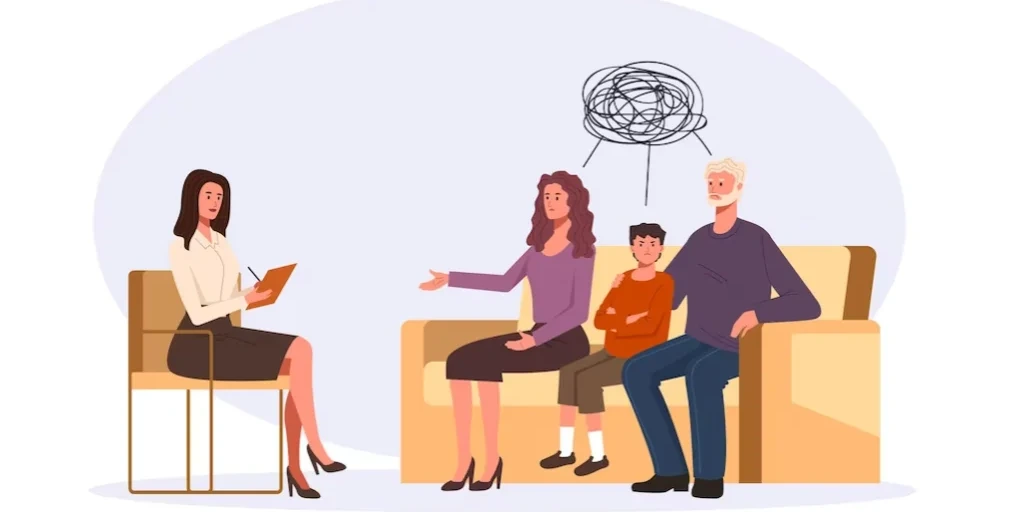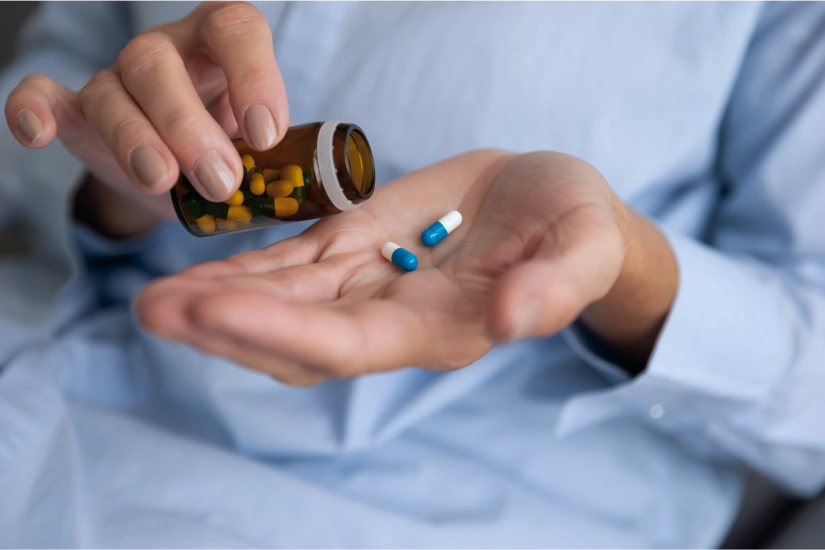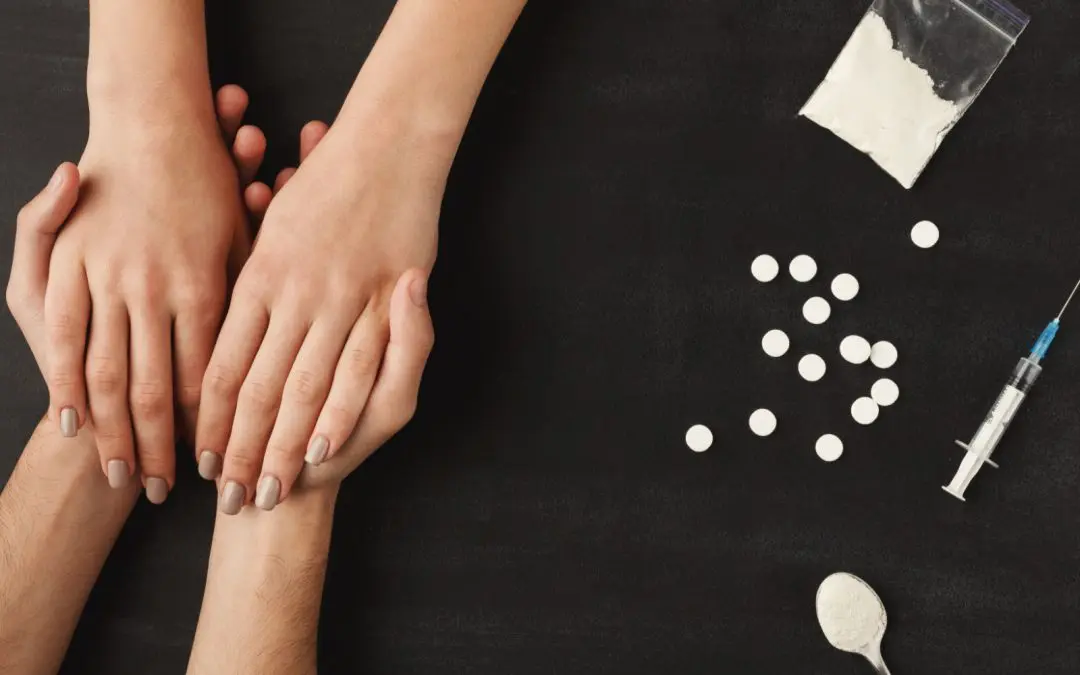has become an essential part of the landscape of addiction recovery, particularly for individuals struggling with stimulant-related addictions such as cocaine, methamphetamine, and prescription stimulants. The growing awareness and recognition of the need for specialized treatment has led to the establishment of numerous rehab centers across the country. These facilities not only address the immediate physical dependence associated with stimulant abuse but also delve into the psychological aspects of addiction through comprehensive treatment plans. Rehab centers for Stimulant Detox in Panama employ evidence-based practices, including cognitive-behavioral therapy (CBT), group therapy, and holistic approaches, to support patients through their recovery journey. The significance of these centers cannot be overstated as they provide a safe, structured environment where individuals can detoxify, heal, and re-establish their lives away from substances. Historically, the concept of rehab facilities in Panama mirrors trends seen in the United States, where the awareness and acceptance of the need for addiction treatment have significantly grown over the years. The impact of these centers in Panama is also felt in the US, as many individuals seek recovery options that offer warm climates, tranquility, and a focus on holistic healing, creating a vital bridge between the two nations in the quest for a healthier life.
Learn more about Stimulant Detox centers in Panama
















































